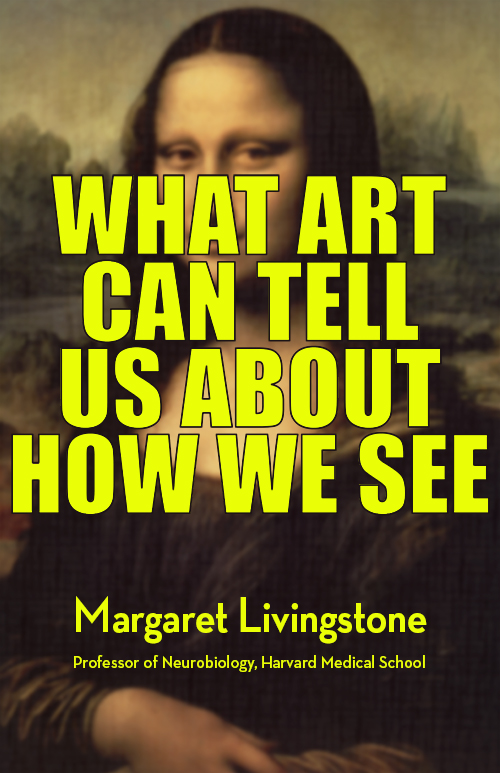Margaret Livingstone's work places art history into a fascinating conversation with neurobiology. She argues that artists have over the centuries developed a kind of working theory of how we see, which anticipates contemporary scientific research on the neuro-processing of visual information. Drawing on examples that include da Vinci, Matisse, Chuck Close, and others, she shows how the great painters intuitively grasped such crucial features of human visual processing as the separate pathways for color versus luminance or the different resolutions of central versus peripheral vision.
Margaret Livingstone is a neurobiologist at Harvard Medical School whose work is closely linked to that of her mentor and Nobel-prize laureate David Hubel. Together they have studied the physiological processing of visual information. Dr. Livingstone has also researched mapping techniques that helped to explain fundamental computations strategies in visual processing. She is currently using functional MRI technology to study face, shape, and symbolic recognition in macaque monkeys. A talented writer, she has also written a popular book for both scientists and non-specialists, Vision and Art: The Biology of Seeing, which brings the science of “seeing” to the experience of visual art.
Professor of Neurobiology
Harvard Medical School



